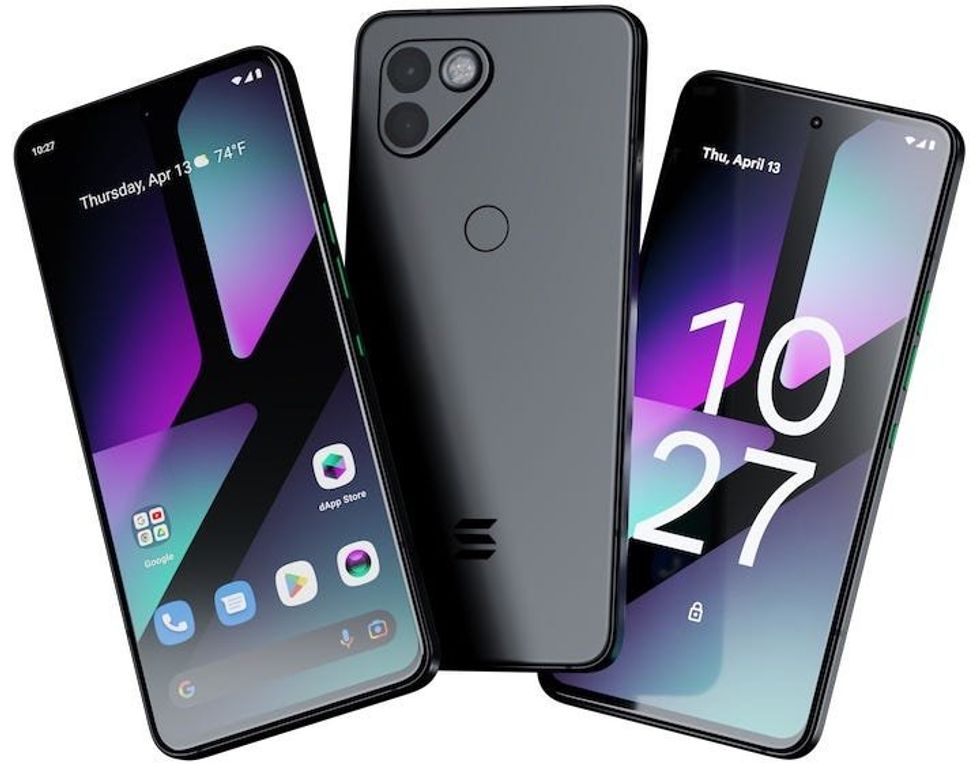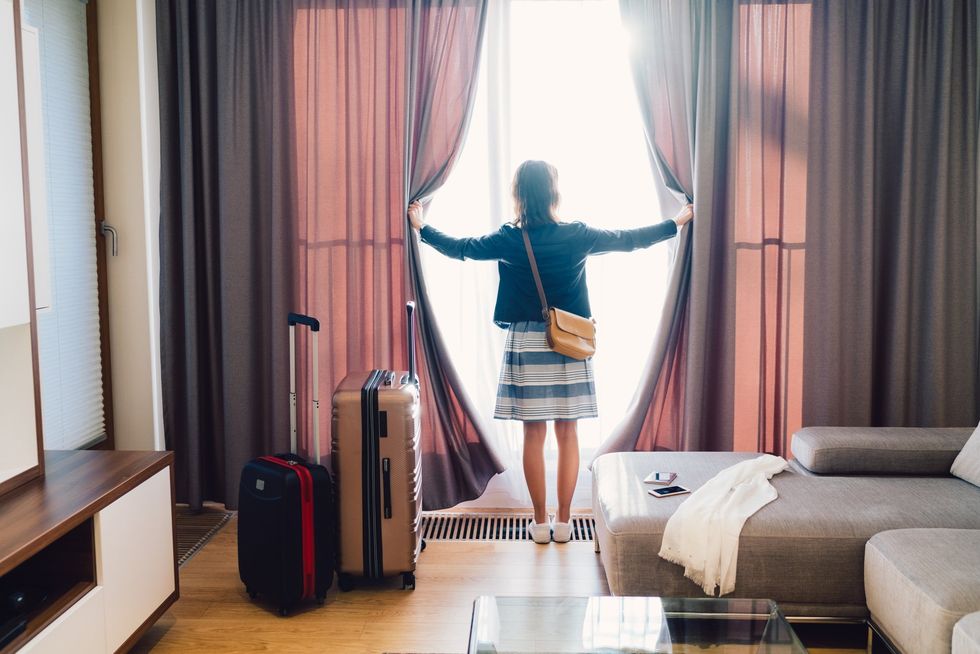
www.theblaze.com
A booming economy‚ lower prices‚ and other lies
Government economic numbers are the new vaccine efficacy statistics. We’re hearing it all right now. Thanks to Joe Biden‚ the country is enjoying
record job creation‚ plummeting inflation‚ and a soaring GDP. Bidenomics has given us an economy even better than the peak booms of the mid-1980s and late 1990s.
Your experience may vary‚ of course.
Consumers know the economy is terrible‚ but the administration insists that masks work‚ boosters are essential‚ and gross domestic product actually
increased 5.2% in the third quarter. That’s a revision up from the 4.9% growth the Bureau of Economic Analysis announced in November.
I
noted at the time that the entirety of third-quarter growth could be attributed to high inflation‚ forcing companies to stock up on inventories and consumers to go deeper into debt to cover basic expenses. In fact‚ the newly revised numbers show the paradox of “GDP growth” in even starker terms.
It turns out that the revision was driven entirely by government spending.
Never have we lived through an era when the growth of government was so vividly correlated with pain to the consumer.
Government spending accounted for 5.5% of third-quarter GDP growth. Absent that spending‚
the economy actually contracted‚ which is in line with the reality most people face.
Government spending has now outpaced consumer spending for five consecutive quarters. But the more the government spends and spurs inflation‚ the more officials can brag about growing the fake economy‚ even as consumer confidence sinks to recessionary levels. The University of Michigan Consumer Sentiment Index
dropped to 63.8 in October‚ on par with some of the readings from the 2008 Great Recession.
In the real world‚ sales at home improvement retailers Lowes and Home Depot
dropped 7.4% and 5%‚ respectively‚ during the third quarter. Even the stock market‚ which has become an artificial reality in recent years‚ has been flat for the bottom 493 companies of the S&;P 500. The top seven grew more than 50%‚ of course‚ because whenever government grows‚ its top cronies grow‚ too.
In the real world‚ Joe Biden’s own voters do not believe the hype about economic growth‚ cooling inflation‚ and plummeting prices. A
recent New York Times/Siena College poll of Biden voters in six battleground states found 62% of respondents believe the economy is only “fair” or “poor‚” including 65% of women and 70% of those who earn under $50‚000 a year.
In the real world‚ no amount of cooked government data can erase the reality of what consumers confront every day. A new
analysis from Republican members of the U.S. Senate Joint Economic Committee found that consumers must spend $11‚434 per year more than they did in January 2021 to maintain the same standard of living.
And these aren’t luxury products and services we’re talking about. The basics — food‚ transportation‚ housing‚ and energy — account for almost 80 cents of every $1 of Bidenflation since 2021.
Housing is worse than ever. Affordability hit a new record low in September‚ according to the
Atlanta Federal Reserve. It now takes 44.7% of pretax median income to afford the average-price home‚ which is well over $400‚000 and much higher in desirable metros.
Although it’s true that inflation’s growth rate has slowed‚ prices are still plateauing at record or near-record highs for most items. The
only reason inflation is slowing is due to a decrease in demand‚ reflected in the decline in oil prices.
Relative to January 2020‚ however‚ electricity is up 25%‚ child care has exploded by 32%‚ used-car prices have soared 35%‚ auto insurance is up 33%‚ and those seeking to escape the housing market by renting are paying roughly 20% more.
Food is really where it hits hard‚ especially in a country with enough farmland to feed the world. Groceries are up by 25%‚ with key items like chicken breasts (38%)‚ a pound of ground beef (34.4%)‚ yogurt (41.8%)‚ orange juice (58%)‚ and coffee (48%) surging higher and higher. Thus‚ according to the Census‚ the average weekly food bill for a household of four has climbed 32% since October 2020 — from $238.32 to $315.22.
So touting the fact that the rate of
further inflation — beyond this new‚ insanely high baseline — has slowed is an insult to America’s intelligence. Pre-COVID pricing is gone forever.
Oh‚ and what little income growth you enjoyed is now undercut by the ever-increasing cost of Obamacare‚ which
jumped 7% in just one year for employer-sponsored plans‚ which come out of your paycheck.So much of the scarcity and inflation is driven by onerous green fascist regulations‚ but the lion’s share is from debt-driven government spending‚ which is ironically credited for boosting the meaningless GDP numbers. We’ve incurred another $2.4 trillion in debt since June‚ when Republicans foolishly agreed to give Biden a blank check by suspending the debt ceiling for the remainder of his term. The Treasury is set to borrow a total of $776 billion in the fourth quarter of this year and another $816 billion in the first quarter of 2024.
Any discussion of slashing spending in the budget will be met with a chorus of woe and lamentation over painful changes to people’s lives. But somehow‚ the inflation driven by this very spending that is placing our parents’ standard of living out of reach for all but the wealthy never comes up in federal budget debates.
Never have we lived through an era when the growth of government was so vividly correlated with pain to the consumer. You gotta love government data. It’s just a shame we can never reap its benefits in the real world.

















